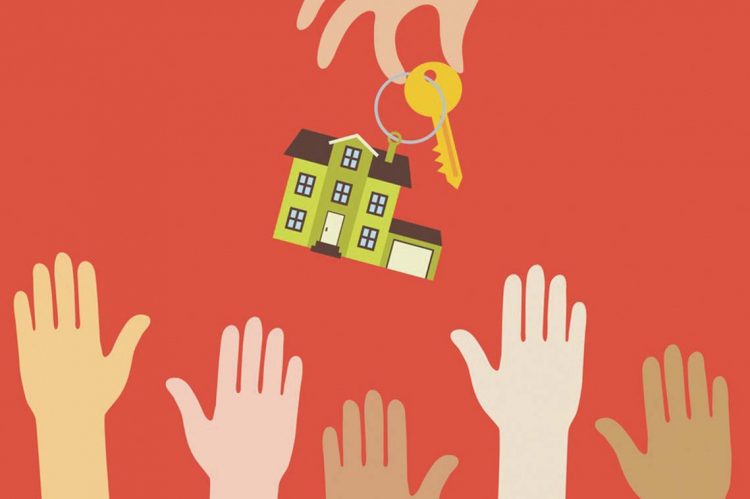Homeownership continues to be one of the most important means of wealth building in the U.S. Unfortunately, the number of housing units for sale is at its lowest in almost 50 years given the vast scale of underbuilding and the lack of residential investment over the past 15 years.
The lack of investment in housing in our country has made buying a home much more expensive and out of reach for many credit-worthy Americans. This lack of affordable housing supply also limits economic growth and job creation. Market factors such as greater housing demand, remote work flexibility, supply chain issues, inflation and other pandemic-related impacts have presented additional challenges for prospective homebuyers and the industry broadly. The federal government, local and state governments, and the real estate industry must give greater attention to this growing housing supply and affordability problem by developing pragmatic solutions.
A recent report, “The Double Trouble of the Housing Market,” released by the National Association of REALTORS® (NAR) in partnership with Realtor.com®, explores the dual complexities of rising housing costs both for renters and prospective homebuyers and low inventory. The report examines household earning demographics and the share of homes that various households can afford in the current market. The report reveals that home prices increased more than 30% during the pandemic, while wages only grew at 12% and housing affordability for households actually dropped, primarily for those earning $50,000 – $100,000 a year. Essentially, middle-class income earners have been most impacted in the current highly competitive market. The report also highlights the most affordable metro areas across various racial groups and income levels.
Most notably, the report illuminates “the sizable and persistent difference in the homeownership rate across racial groups.” In a recent article, NAR CEO Bob Goldberg stated that the “racial homeownership gap is the most consequential civil rights issue of our day.” NAR also recently reported that the current homeownership rate for Black Americans is at 43.4% compared to 72.1% for White Americans, 61.7% for Asian Americans and 51.1% for Hispanic Americans. Many first-generation homebuyers are significantly impacted as well.
To address the supply and affordability crisis and close the racial homeownership gap, intentional programs must be reformed, fully funded and effectively implemented. Government and industry must be strategic partners and stakeholders. For example, the Consumer Financial Protection Bureau (CFPB), along with other key federal agencies, recently issued a statement encouraging lenders to “explore opportunities available to them to increase credit access through special purpose credit programs (SPCPs) to better serve historically disadvantaged individuals and communities.” Additional solutions to narrow the gap include greater support and funding of down payment assistance programs, local and state tax incentives, tax incentives for first-time homebuyers, financial literacy programs, alternative credit scoring and more affordable housing in more markets. Homeownership can become an attainable goal for more homebuyers if targeted interventions are made now to narrow the gap.
For more information, visit https://www.nar.realtor/research-and-statistics.
Nia Duggins is a senior policy representative for business issues for the National Association of REALTORS®.












